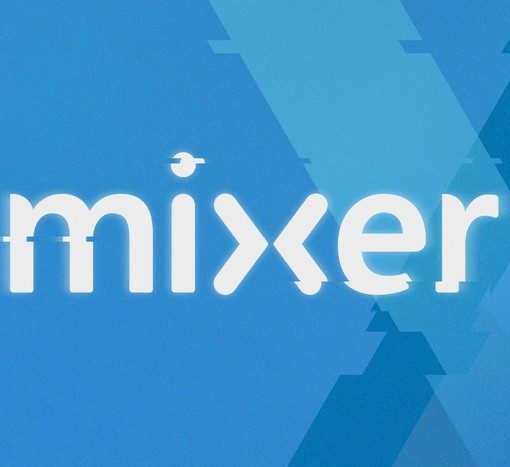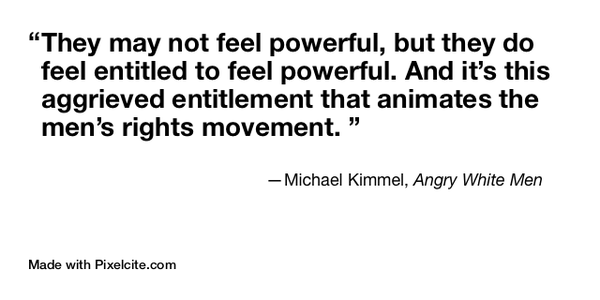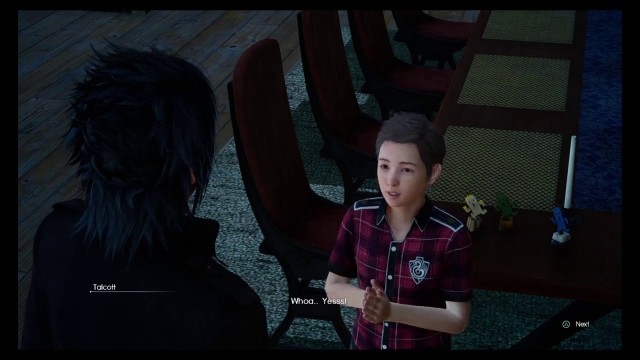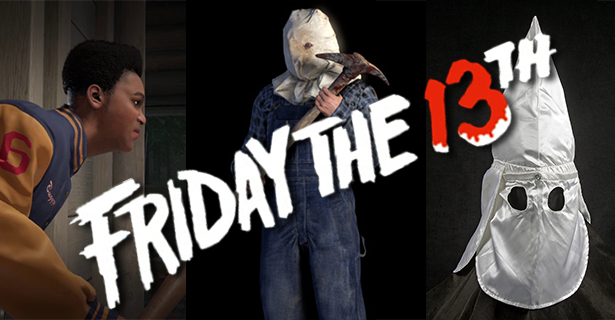Social media has been employed as a significant site of mobilizing for Black Lives Matter especially with the power of Black Twitter. This form of “social public” as Andre Brock outlines allows users to generate culturally relevant content and disseminate it to their audience. And that scope is beyond the online black community. This form of signifyin, as other scholars like Catherine Knight Steele and Sarah Florini have articulated, is a “marker of black racial identity that indexes black popular culture.” While the hashtag is understood as a public performance of black identity, it is important to interrogate alternate iterations of Black Lives Matter in the digital realm.
An important aspect of social movements in digital form is that ideas can rapidly gain currency across multiple platforms in a matter of minutes for minimal cost. But what does this level of activism look like in video games? Due to the Multi-mediated, multi user, interactive nature of contemporary video games, these spaces offer different approaches to activism.
Traditionally, the power of activism lies in its existence outside of mainstream culture providing alternate points of view. But with video games very much a part of mainstream culture, how can they be employed to further a cause especially for marginalized populations? As Anthony Kasongo suggests, video game activism can be understood as the intentional use of video game technology to bring about social or political change. While this definition is useful, it only captures one quarter of the gaming trifecta. Video game activism requires the mobilization of not only games, it is inclusive of the developers who make them, and the users who play them. These three constitute a significant portion of gaming culture and each can be utilized and employed to further a cause.
So we must first go beyond seeing activism rooted in game developer’s creation of games for change. Multiple entities have to be mobilized. To have an activist culture existing in gaming, there must be: 1) Games for change; 2) gamers for change; and 3) gaming culture for change. As the two examples I will discuss highlight, employing only one seriously limits and restricts the potential for activism and change.
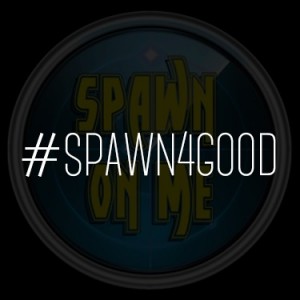 Spawn 4 Good was created by game blogger and podcaster Kahlief Adams. It is an initiative to allow gamers the ability to use video game technology as a platform to express issues related to social justice. Their first effort was bringing awareness to the disproportionate amount of Black lives lost to police brutality. As he stated in an interview, they felt the need to do something once Gamergate and Ferguson happened.Quoting Kahlief: “I felt like both the gaming space and the real world had hit this level of toxicity that was unsustainable and for the first time in a long time I didn’t know what or how to express how I felt about them. So I sat down, thought about what good could we do in the gaming space and how we could affect change in whatever small way we could as an entity. Then the Eric Garner incident happened and it was the proverbial back breaking straw.”
Spawn 4 Good was created by game blogger and podcaster Kahlief Adams. It is an initiative to allow gamers the ability to use video game technology as a platform to express issues related to social justice. Their first effort was bringing awareness to the disproportionate amount of Black lives lost to police brutality. As he stated in an interview, they felt the need to do something once Gamergate and Ferguson happened.Quoting Kahlief: “I felt like both the gaming space and the real world had hit this level of toxicity that was unsustainable and for the first time in a long time I didn’t know what or how to express how I felt about them. So I sat down, thought about what good could we do in the gaming space and how we could affect change in whatever small way we could as an entity. Then the Eric Garner incident happened and it was the proverbial back breaking straw.”
So what did this level of activism look like? Using Twitch, a live video streaming platform, this level of activism essentially streamed non-stop until enough funds were generated to help the family of Eric Garner cover burial costs. During the event, Kahlief also provided information on other cases of police abuse of power including Mike Brown and Ezell Ford. But what was significant about this form of activism was not what occurred but rather the gaming community’s response to this event.
There was constant backlash and resistance by gamers who suggested that twitch was not the platform to express support for Black Lives Matter. And as Twitch has revealed, there has been a constant inability to tackle hate and harassment and that reflects a direct lack of concern about women, people of color, and sexual minorities in particular.
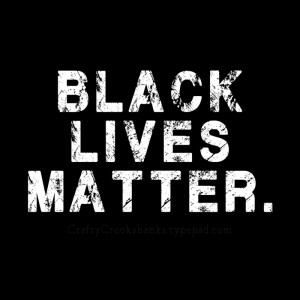 An additional example of game activism for Black Lives Matter occurred within an Xbox Live forum. The forum began as a space on how to deal with GamerGate operating in Xbox Live. This forum was created to provide solace for women who were being attacked by GamerGate supporters. However, with the two events that reached a pinnacle seemingly simultaneously in August 2014, many women within the Xbox Live community began using this space to raise awareness for the death of Mike Brown and the #BlackLivesMatter campaign. This generated a significant amount of tension between women in the space. The conversation that ensued in the space demonstrated mainstream feminism devoid of a recognition of the racialized and intersecting nature of oppression. Mainstream feminism diminished the racialized perspective of Black reality.
An additional example of game activism for Black Lives Matter occurred within an Xbox Live forum. The forum began as a space on how to deal with GamerGate operating in Xbox Live. This forum was created to provide solace for women who were being attacked by GamerGate supporters. However, with the two events that reached a pinnacle seemingly simultaneously in August 2014, many women within the Xbox Live community began using this space to raise awareness for the death of Mike Brown and the #BlackLivesMatter campaign. This generated a significant amount of tension between women in the space. The conversation that ensued in the space demonstrated mainstream feminism devoid of a recognition of the racialized and intersecting nature of oppression. Mainstream feminism diminished the racialized perspective of Black reality.
The self-identified women of color spent considerable time urging for acknowledgement within this community of women who were seeking support from GamerGate attacks. Their failure originates in the inability to recognize common oppression among women, acknowledging privilege and sustaining the supremacy of whiteness. While these women utilized this online forum as a counter public where they are largely excluded from the hyper-masculine world of gaming, mainstream feminists essentially replicated these exclusionary practices sustaining White supremacy within the space.
These two examples reveal that Black Lives don’t matter in gaming. The systematically embedded discrimination and exclusion is apparent not only in the individual acts of discrimination, but also the institutional neglect and inaction of stakeholders within these spaces. These two cases while significant to Black gamers and allies, reflect an inability to gain a critical mass for widescale mobility and change.
So why couldn’t Black Lives Matter gain traction in gaming? The foundation of technology reflect intersecting and overlapping racist policies, practices, ideas, and behaviors that are difficult to disrupt for subordinate populations. My hope is to provide an ‘activism in gaming’ infrastructure, a workable model, an orientation to mobilize gaming culture for direct action and change. While Gaming culture can’t be examined through a systems lens where dependent parts are working in tandem to fulfill a particular goal, gaming culture can be viewed as an apparatus where independent parts are a sum of the whole.
Gamers beyond those impacted by the issue or cause must be empowered to not only be activists but to also become part of the solution. So racist acts committed against racial and ethnic minorities must be framed as the community’s responsibility not as a problem for the ‘other’ to deal with. The gaming industry and other stakeholders must be actively involved in identifying solutions to problems within their respective environments. Blizzard, Microsoft, Sony, Riot, must all be at the forefront of mobilizing to ensure active and equitable participation among members of their communities.
Game Developers must also take an affirmative stance at creating games that go beyond non-stereotypical representation (yes representation matters but using Mutant levels as an example, this is essentially moving from Epsilon to Delta level. You have a few more levels to go). They have to not only provide space at the table, they need to create an entirely new table that maintains and sustains an inclusive environment for marginalized developers to thrive. They must end the practice of catering to the 1% in gaming and address the needs and desires of the so called ‘other’ gamer. The institution of gaming must be strengthened to sustain individual and group empowerment. Only by strengthening the entire apparatus of gaming can activism transcend into long term solutions. And that requires gaming to be mobilized at the personal, the communal, and the institutional levels.

